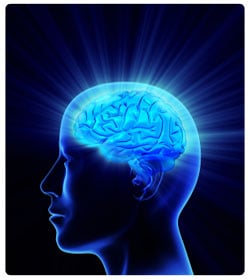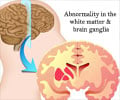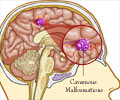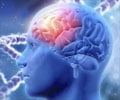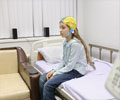About
Epilepsy is characterized by recurrent, involuntary seizures and is described as a chronic neurological disorder.
The term epilepsy (pronounced as eh-puh-lep-see) originates from a Greek word 'epilepsia' meaning 'falling sickness' It is an illness that affects the brain, causing repeated seizures or 'fits' in the patient which make them to fall.
The original description of the condition by Galen in 130-200 reads as follows -
Certainly epilepsy is a convulsion of all parts of the body, not continuous as…tetanus, but occurring at intervals. Epilepsy is not only different in this manner from spasm but also because the intellect and sensory perception are damaged. From this it becomes evident that the origin of this ailment resides somewhere high up in the brain.
It is estimated that epilepsy affects almost 2.5 million Americans. Witnessing an epileptic seizure for the first time can be quite a frightening experience. However do not panic; if you wish to help the victim there are two things that you can do that could save their life:
- First ensure that the person does not fall on objects that are likely to hurt them.
- The next thing to do is to make sure that their airways are not blocked due to the secretions or a vomitus and for this it is best to turn them sideways with a slight head down position.
Seizures or fits in young children are called Febrile Convulsions. Usually this occurs after the child runs a high temperature. This does not cause brain damage or lead to epileptic attack when they grow up. This usually stops when the child completes 6 years. It is important not to panic when a child experiences Febrile Convulsions. Immediate medical help must be sought.
An EEG (Electro-encephalogram) – an electrical tracing of the brain can be done to confirm epilepsy.
Long term treatment with medication is required to control epileptic fits. Usually these fits can be controlled with medication but may not be cured. Implants or surgery may be tried in for refractory cases where tablets do not work.

